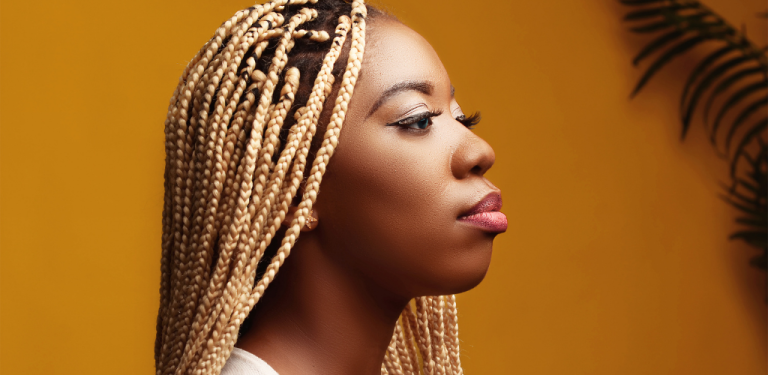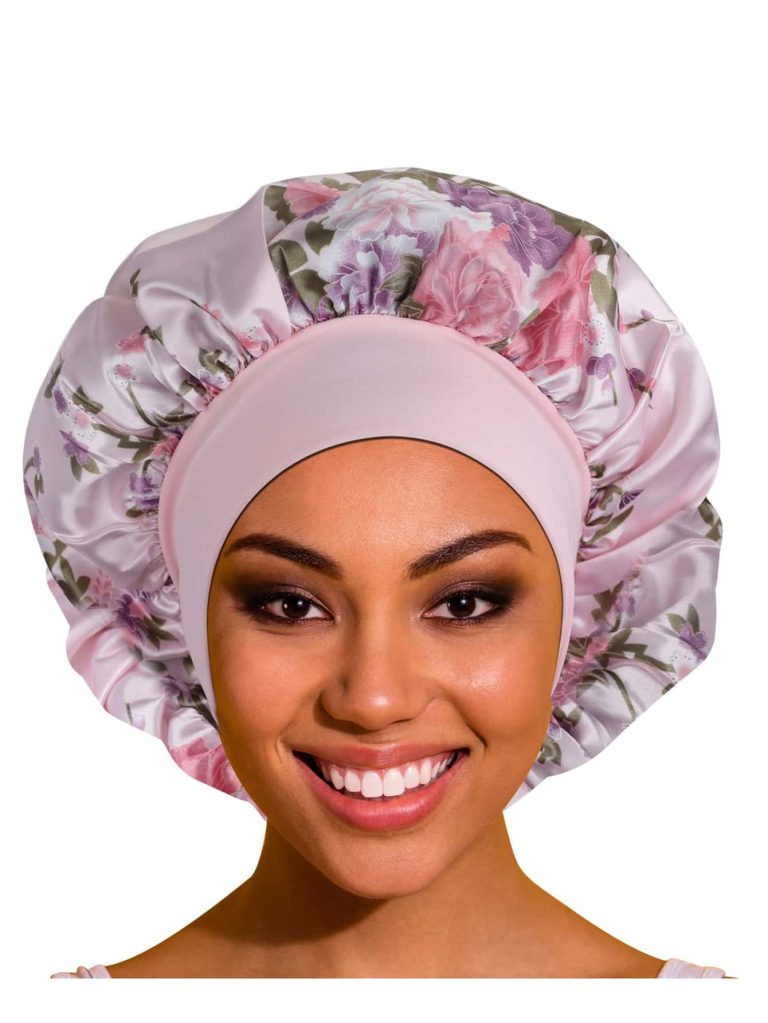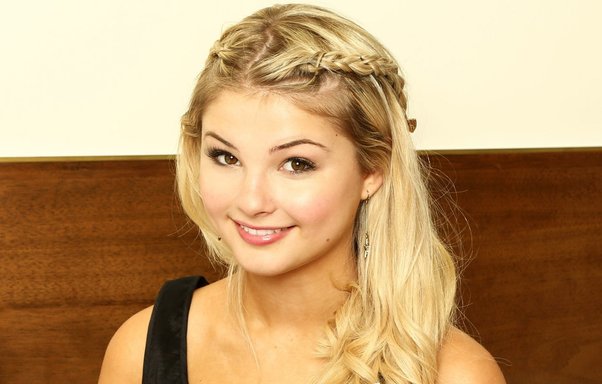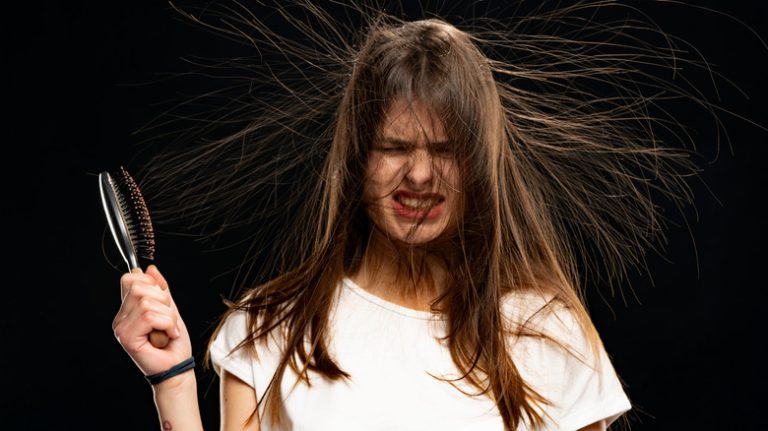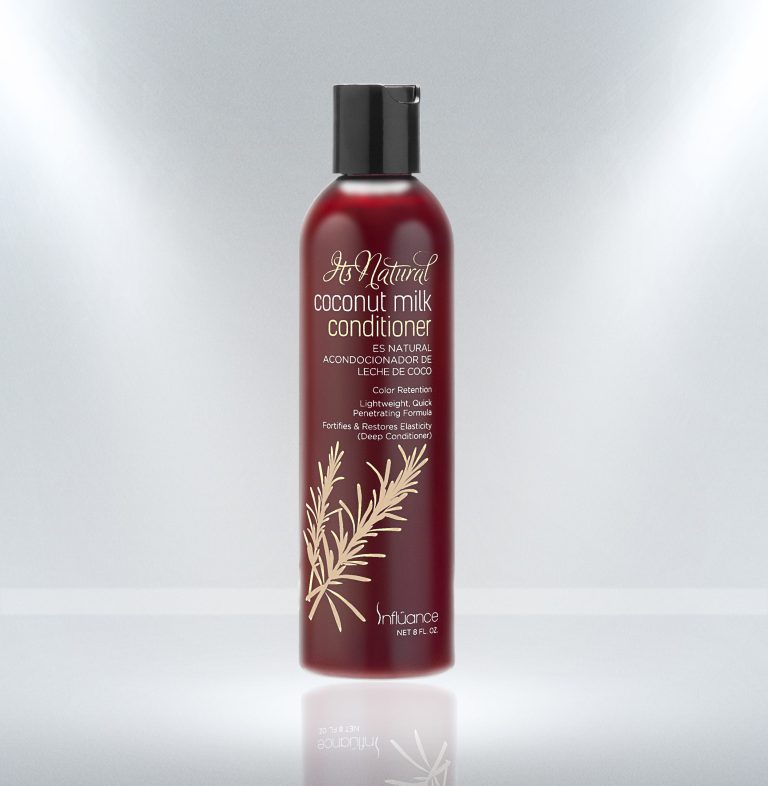Why does blonde hair turn brown?
If you had beautiful blonde hair as a child that has now turned brown, you may be wondering why this natural color change occurs.
I am going to explain the science behind why blonde hair tends to darken with age and provide some tips on how to maintain a lighter shade as you get older. For more light, visit oVertone.co.
Blonde Hair Darkens Over Time Due to Melanin
Contents
- Blonde Hair Darkens Over Time Due to Melanin
- Oxidation and Sun Exposure turn Hair Brown
- Hair Dyes Can React Unpredictably With Melanin
- Changes In Hormones Impact Melanin Levels
- Blonde Hair Color Genetics Change Over Time
- Maintaining Blonde Hair Color
- When to Accept Darkening Hair Color
- Common Concerns About Blonde Hair Turning Brown
- When To Get Stylist Help With Color Changes?
The main reason blonde hair turns brown with age is because hair follicles produce more melanin, which is the pigment that makes hair darker. Melanin occurs naturally in your body and acts as a protective barrier against the sun by absorbing ultraviolet light. Babies and young children have very little melanin in their bodies, which allows their hair to be light blonde.
As you go through puberty and into adulthood, your body ramps up melanin production. All that extra melanin gets deposited into growing hair strands, slowly making them darker. Hair also tends to pick up melanin from the surrounding skin and follicles. So even pure blonde hair gets darker with continual melanin exposure over your lifetime.
Oxidation and Sun Exposure turn Hair Brown
Oxidation and sun exposure break down melanin in hair over time. This makes the strands appear lighter and blonder initially. But once that damaged melanin is gone, new undamaged melanin takes its place, letting the hair grow in even darker than before.
So childhood blonde hair often lightens up to platinum blonde from sun exposure during summer activities. Then, when school starts again in the fall and winter, all that new hair growth comes in darker thanks to increased melanin production reaching the scalp. The difference between your lightened blonde summer hair and darkened roots becomes more noticeable as you age.
Hair Dyes Can React Unpredictably With Melanin
Using hair dye to counteract darkening doesn’t always work perfectly either. The ammonia and harsh chemicals in hair dye strip color so new pigment can set. But blonde dye jobs tend to fade faster because there’s more melanin in your strands interfering with color molecules.
If you don’t continually re-dye the roots, darker regrowth shows through quickly. The dyed blonde lengths will also start grabbing onto melanin deposits within a few weeks. So you end up with brassy, muddied tones instead of nice even blonde.
Changes In Hormones Impact Melanin Levels
Hormones greatly influence melanin production and hair growth cycles in your body. Any hormonal shifts and imbalances showing up in adulthood can cause extra melanin deposition.
Times when measurable hormonal changes occur include:
- Puberty
- Pregnancy and post-partum
- Perimenopause and menopause
- Birth control use
- Thyroid disorders
So if you developed thyroid issues or started taking oral contraceptive pills, for example, the impact on hormones could make your hair darker.
Blonde Hair Color Genetics Change Over Time
The genes controlling development of blonde vs. brown hair seems to shift around as you mature. Hair color is on a spectrum and certain genes influence where you fall.
As a baby, you may have the right genetic combination for ultra light-blonde hair. But genetics involves a great deal of random sorting and recombining between parents’ genes.
So another baby born a few years later to the same parents could end up with darker hair based on a different assortment of genetic variables. Your body and its hormonal environment can activate and deactivate various genes over a lifetime too.
In some ethnic backgrounds, genes dictate a gradual darkening of hair as children mature. The genetic instructions get passed down for hair to be lighter at first then transition to programmed darker pigmentation. This ensures protective melanin increases as you age.

Maintaining Blonde Hair Color
Now that you know why blonde hair darkens, you can take steps to keep your color lighter. Here are a few hair care methods that inhibit melanin production:
Sun Exposure
Allowing blonde hair to lighten under the sun’s UV rays helps break down some natural melanin. But too much time outdoors stresses and damages hair. Use sunscreen and wear hats to prevent excessive weathering of your delicate blonde strands.
Anti-Oxidant Treatments
Look for hair products containing anti-oxidants like vitamin C and vitamin E. These help counteract oxidation and free radical damage that speeds up melanin overproduction. Anti-oxidant shampoos and conditioning treatments also protect dyed blonde hair color better.
Hydrogen Peroxide Rinses
Non-ammonia blonding products made with hydrogen peroxide can remove small amounts of melanin without fully bleaching hair. Over-the-counter hydrogen peroxide creams lighten subtly when applied sparingly to towel-dried hair. But use too much or too often, and blonde hair still incurs chemical damage.
Lemon Juice & Chamomile Tea
Natural DIY lightening methods take longer for noticeable change but are gentler too. Lemon juice bleaches gently thanks to citric acid removing surface melanin deposits. Chamomile tea subtly lightens and brightens blonde hair color over time as well. Just brew strong tea, let it cool fully, then pour it over clean damp hair. Allow it to sit for at least one hour before rinsing and conditioning as usual.
These natural lightening techniques won’t radically lift your brown regrowth. But they can subtly tone and remove brassiness from chemically lightened blonde hair. Use them for maintenance between full salon color appointments.
When to Accept Darkening Hair Color
While you now have strategies to slow down darkening of blonde hair, accepting natural shifts in hair color also remains an option. Fighting against encroaching melanin constantly takes time, money and tolls on hair health.
If your childhood shade of super light blonde gives way to a richer golden or buttery blonde in your 30s or 40s, consider embracing it. This new color likely flatters your complexion beautifully.
Aim to enhance your dynamic new shade of blonde with hair care designed to make the most of natural pigment changes. Be blonde on your own terms by working with your hair’s needs as you both mature.
Common Concerns About Blonde Hair Turning Brown
If you’re struggling to cope with your formerly blonde hair becoming brown, know that you’re not alone. Many people have worries and questions when this change occurs. Here are answers to some typical issues that come up:
My blonde hair turned brown overnight
Hair color rarely shifts suddenly on its own. Losing blonde pigment that quickly likely indicates a trigger. Common causes of rapid darkening include:
- Dye reactions: bleached hair exposed to chlorine, saltwater, pollution, and metals in water systems
- Nutrient deficiencies: low iron, protein, and vitamin B-12
- Scalp disorders: infections, psoriasis, dermatitis
- Medical treatments: radiation, chemotherapy
See your doctor or dermatologist if blonde hair starts radically darkening or shedding to rule out underlying health conditions. Getting nutrient levels tested can also check for deficiencies promoting pigment loss.
How can I reverse or fix hair that turned brown already?
Reversing darkened strands entirely proves difficult without damaging bleaching and dyeing. But in some cases, certain methods help camouflage or blend regrowth:
- Color melting – a glossing technique using demi-permanent dye
- Highlights – strategically lightens sections around face
- Lowlights – adds depth to balance out dark regrowth
- Balayage – hand-painted lightener creates a graduated effect
These subtle salon techniques make hair color changes seem less drastic. The goal is making your naturally darkening hair softer and more blendable.
Will my future children have brown hair even if I am born blonde?
Lighter childhood hair often prevails when passing down genetics. Even if both parents have brown hair, blonde gene variants can resurface after being buried for generations.
So yes, you may birth blonde babies that then darken post-puberty. Or a blonde gene may skip your brunette children’s generation completely. Genetic inheritance proves complex and unpredictable.
While environment and aging indeed change hair color, core genetics continue being handed down unchanged. So embrace your beautiful brunette self now while looking forward to blondeness blooming anew.
When To Get Stylist Help With Color Changes?
To best cope with the angst of darkening blonde hair, get an expert colorist on your side. Describe your hair history and concerns about pigment changes to them. Then formulate a game plan together to make the most of your dynamic coloring.
Custom corrective color and conditioning can help gracefully blend regrowth and prevent further fading. Ongoing salon treatments adjust formulation over time to suit your hair’s evolving needs. Investing in professional maintenance lets you feel most confident as your hair transitions naturally.
With knowledge of the science behind blonding and browning, you can make decisions that truly fit your lifestyle and beauty priorities. Then fake it ’til you make it with a kick-butt stylist guiding the way.
Stay open to surprising yourself as hair color changes unfold. And remember, blond or brown, that phenomenal head-turning hair remains yours to own completely.

Founded by Sophia Rodriguez, IGXO Cosmetics is a PETA-certified, cruelty-free, and vegan makeup brand.
